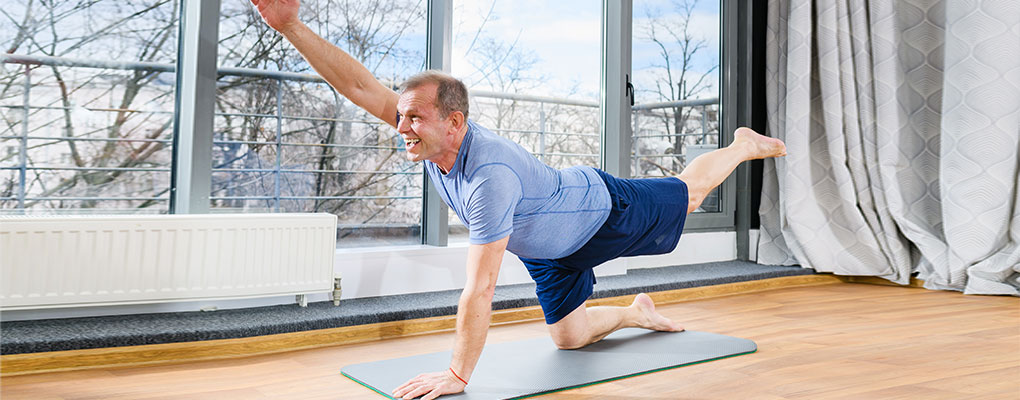
Performing resistance training is a mode of exercise with many health benefits but it appears to be underutilised by much of the Australian population. Resistance training wasn’t promoted in national public health guidelines until 2014 when the Australian guidelines for physical activity for healthy adults included at least two days per week of strengthening exercise to maintain health and fitness. The most recent data (2020-21) from the Australian Bureau of Statistics showed that less than a third (28.2%) of the adult population was meeting the required amount of muscle strengthening activity as stated in the guidelines and that participation rates decreased with age. This article will use the terms resistance and strength interchangeably.
To maintain or increase lean muscle, bone mineral density, functional strength, balance, and joint health it is advised that adults complete resistance training on at least two days of each week.
A common misconception is that resistance training only involves lifting heavy weights at the gym. For many, this can create a barrier to engage in strengthening exercises and reinforces a perception that resistance training is hyper-masculine, builds big muscles, and increases risk of injury. Resistance training refers to any exercise in which your skeletal muscles resist against a weight/load. This can include exercise using weight machines, hand held weights, stretch bands, or even body weight. If you have minimal to no experience with strength training then even small increases in resistance training frequency will be beneficial.
Something being “light” or “heavy” is relative to who is doing the lifting. In resistance training, lifting something 80% or more of your one repetition max (1RM) is defined as heavy (~1-8 repetitions per set) and less than 50% of 1RM would be considered light (>20 repetitions per set). If you are looking to get the most out of the traditional benefits of resistance training (strength, muscle mass, and bone mineral density) then lifting heavy will be the most efficient way to achieve this but that does not mean that lifting lighter loads doesn’t have benefit. A growing body of research has shown that lifting lighter weights can still reap benefits for musculoskeletal health, but it is necessary to complete an adequate number of reps. Completing low intensity resistance training without enough repetitions and effort will not elicit changes in muscle mass and strength.
Not everyone can lift heavy or desires to. This could be due to (among other things) age, experience, and injury history. Having the option to complete lighter intensity exercise with most of the benefits of high intensity exercise will hopefully help to pull more people in line with the recommended activity guidelines for adults. Exercise such as yoga and Pilates will give some resistance training benefits when compared to cardio-type exercise and classes can be a great way to lock into a routine, have guidance from a professional, and increase your connection to the exercise in a social environment. Just remember that to maximise the benefits, each exercise should be taken close to failure; however, don’t throw the baby out with the bath water – working out at a lighter intensity (not getting close to failure) can still have benefits for musculoskeletal and cardiovascular health, energy, and mood, but not to the same extent as working out at a higher intensity (close to failure), especially for muscle mass, bone density, and strength adaptation.
Heavy or high intensity resistance training is still a great (and arguably more efficient) mode of exercise for musculoskeletal health and should be encouraged and engaged in when appropriate. Pick and choose the resistance training modes that work for you: goals; resources; experience; injury history.
Always check with your Doctor before commencing a new exercise regime and discuss the possible risks and benefits. This can be managed in coordination with an Exercise Physiologist or other health professional.
Tap to call us at 1800 567 348
Fill in your details below and our team will be in contact shortly to answer your questions and get you started.
"*" indicates required fields